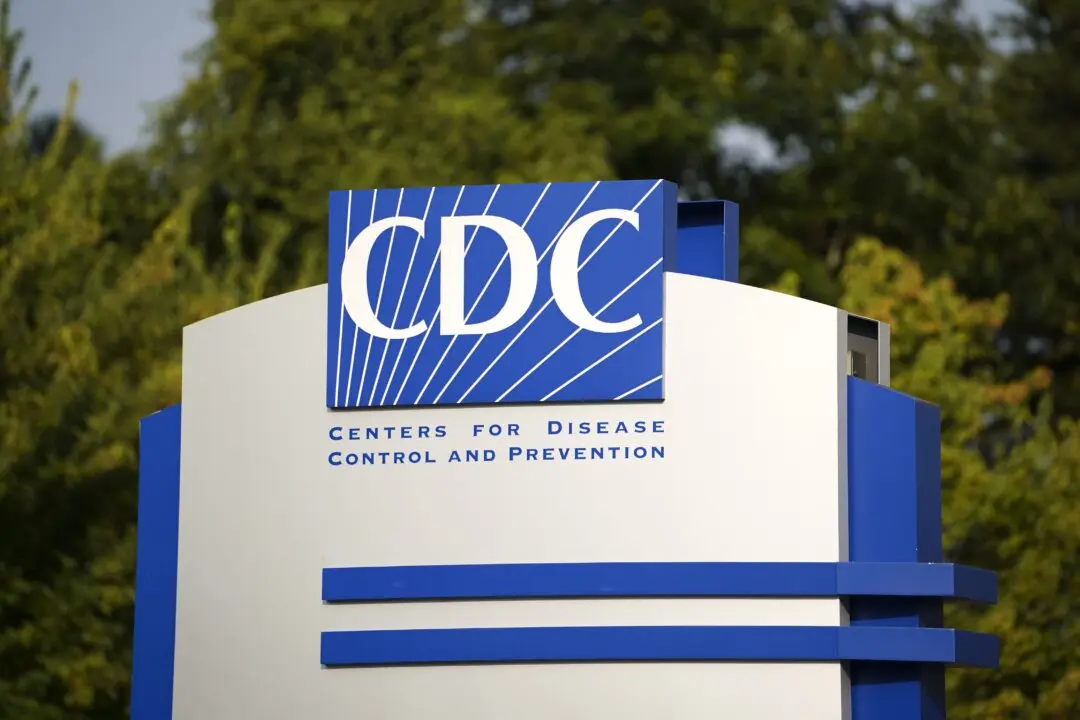Ricin: Exploring the poison found in a letter addressed to President Obama.
Ricin is made from castor beans, being part of the waste produced by making the sludgy castor oil.
It’s “easily available,” Jim Romagnoli, the vice president of emergency management at the North Shore- LIJ Health System in Great Neck, New York told Bloomberg.
Ricin doesn’t harm people unless they inhale or ingest it—not if they only touch it.
It’s made by drying the waste from castor oil production then making it into a powder. Using it as a chemical agent can be done through the powder form, or making it into a mist or a pellet. It can be dissolved in water or weak acid.
The poison works by getting inside the cells in a person’s body, then preventing the cells from making the proteins they need. “Without the proteins, cells die,” according to the federal Centers for Disease Control and Prevention. “Eventually this is harmful to the whole body, and death may occur.”
Death from the poison usually happens within 36 to 72 hours after exposure. No antidote exists for ricin; medical care includes using medications to treat the effects of the poison, and flushing stomachs, depending on how those affected have been exposed to it, and how much they were exposed to.
If ricin is injected, as little as 500 micrograms—an amount similar to the size of the head of a pin— can kill an adult. It is “a serious threat,” according to the federal Department of Labor. The poison isn’t contagious.
A letter to senator Roger Wicker, a Mississippi Republican, also contained ricin.
The letter to Obama is being analyzed in a laboratory, and results are expected within the next 36 hours.
At a second government mail screening facility, ricin was found in the filters. Mail is being tested at that facility, as well.




